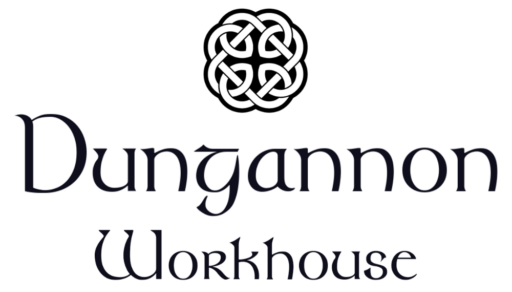Life in the workhouse at the end of the Famine
In early spring 1849 the Dungannon Board of Guardians looked to have additional buildings erected to accommodate a further 200 people and a building was acquired for these purposes. However, the owner of the premises which had been promised for lease later reneged on the offer to provide it. Fear of the further spread of disease throughout the town played a large part in this decision as the charitable nature of people also disappeared.
By the summer of 1849 however the number of people coming and going out of the workhouse began to decline, as did the number receiving relief which fell from 1,330 in the first week of August to 620 people two weeks later.
The ongoing controversy over the changing of names of those who had left on the Earl Grey scheme placed the master, William Hogg, under considerable pressure, although it is unclear whether he resigned or was dismissed from his post. By August 1850 the position of master and matron were advertised and were eventually filled by James Bourke and his wife, who had previously held the position of assistant master and his wife the school mistress. This was the second master who was trained in Armagh Workhouse who has been promoted to the mastership in Dungannon in a short space of time.
Little evidence survives as to eviction and clearance in the Dungannon and wider Tyrone area, although it certainly did occur. In November 1850 George Moon, the union clerk ordered that the valuation of the union was to be revised in order to reflect the changes to holdings, new homes and those torn down, evidence of eviction. At the end of 1850 the problem with overcrowding had improved considerably and just over 350 were present in the workhouse on the 1 February 1851. The make-up of those who were left in the workhouse at the end of the Famine reflected the social isolation and dislocation of the previous decade. By far the largest group resident in the workhouse towards the end of the Famine were children but when compared with other workhouses it was low. In 1849 there was 272 males and 264 females in the Dungannon workhouse, of whom seven were described as being ‘blind’.




